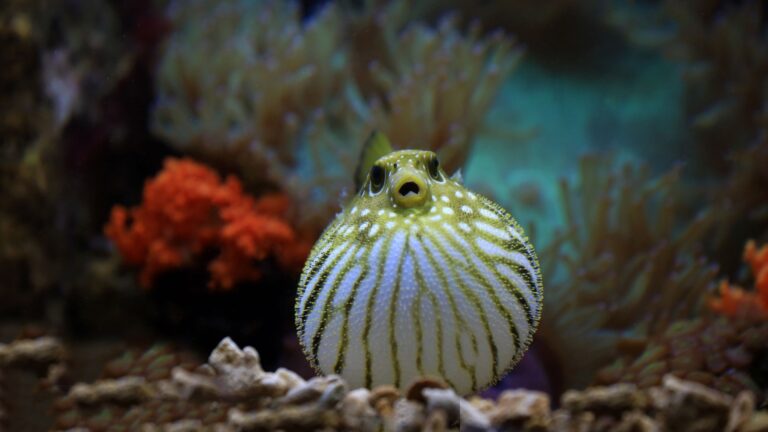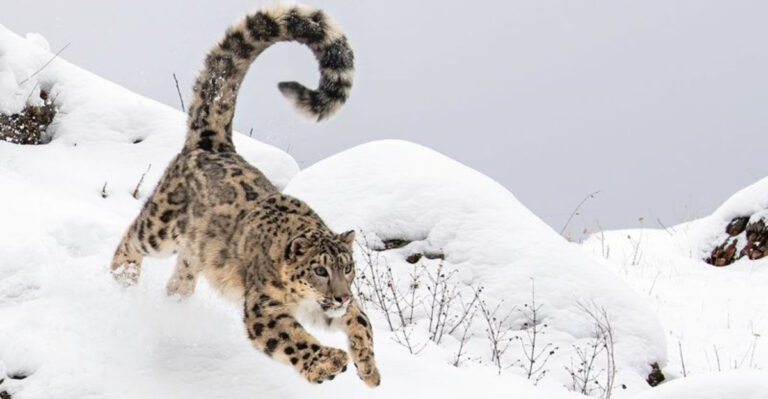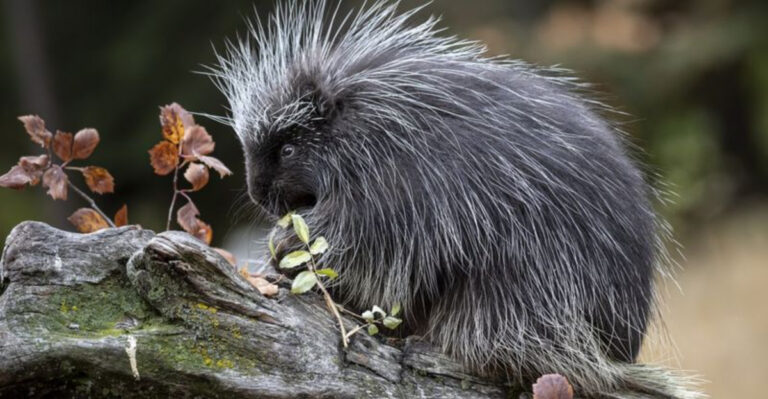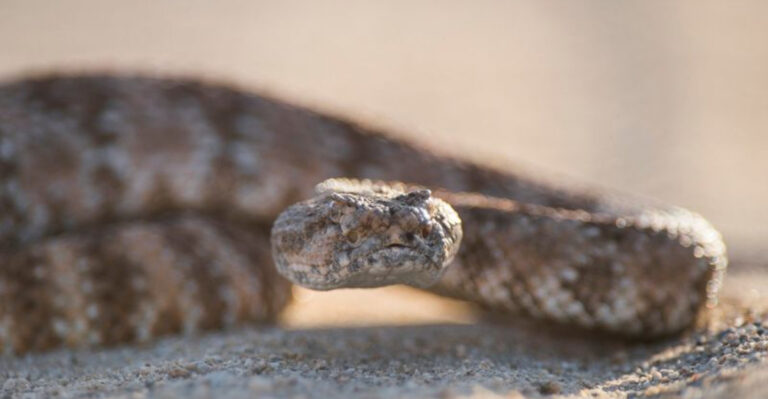12 Dog Breeds That Are Only One Generation Removed From Wolves
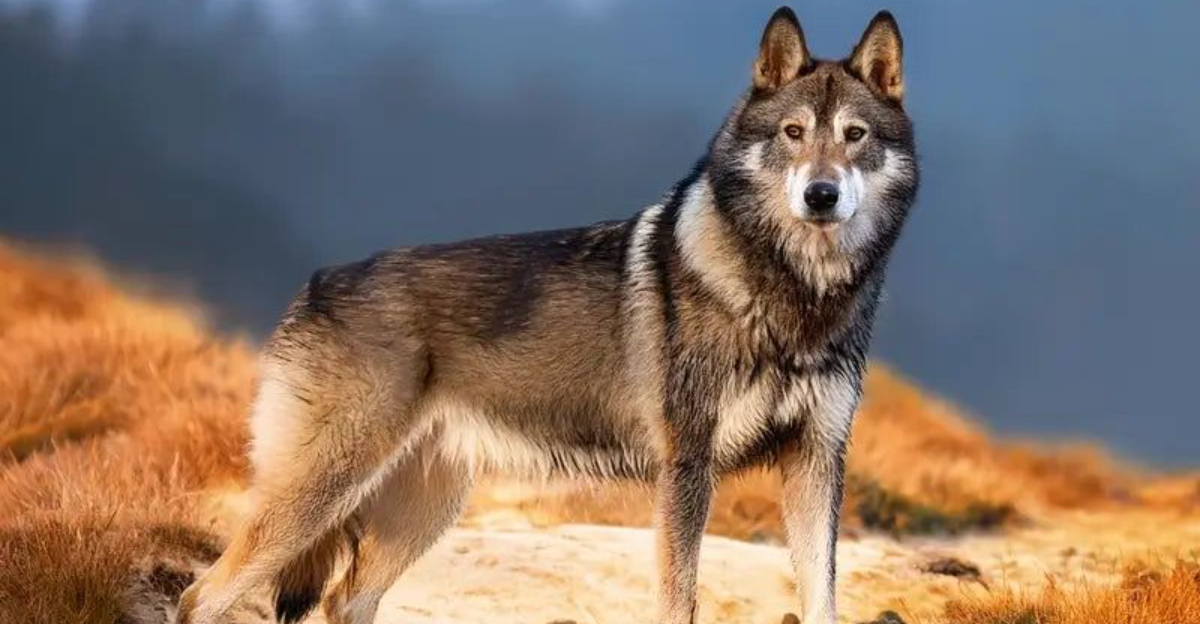
Ever wondered which dogs are closest to their wild ancestors? Some dog breeds share such strong DNA with wolves that they’re practically cousins!
These magnificent canines maintain many physical and behavioral traits of their wild relatives while still being domesticated companions.
Their wolfish appearance and instincts make them both fascinating and challenging pets for the right owners.
1. Czechoslovakian Wolfdog
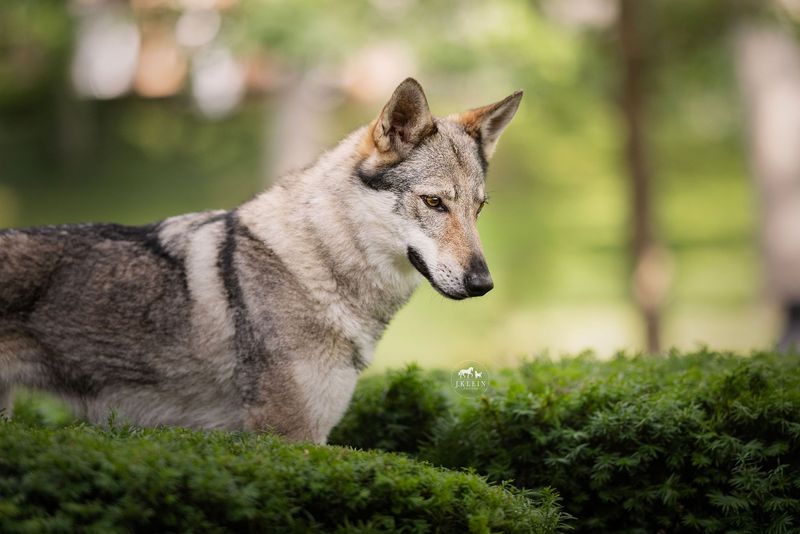
Military precision meets wild genetics in the Czechoslovakian Wolfdog. This breed emerged from a 1950s military experiment where German Shepherds were crossed with Carpathian wolves to create the ultimate border patrol dog.
The result? A strikingly wolf-like companion with the trainability of a German Shepherd. Their athletic build allows them to jump incredible heights – up to 6 feet from a standing position!
Yellow-amber eyes set in a wolf-gray face give away their recent wild ancestry. Though recognized as a domestic breed, Czechoslovakian Wolfdogs retain many wolf behaviors, including pack mentality and complex social structures, making them challenging pets for novice dog owners.
2. Northern Inuit Dog
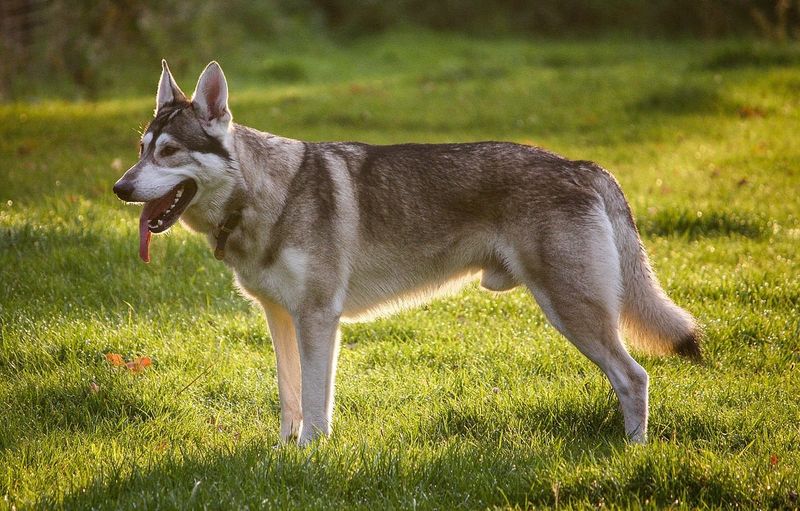
Made famous as the direwolves in HBO’s “Game of Thrones,” Northern Inuit Dogs blend wolf-like appearance with companion-friendly temperaments. Developed in the UK during the 1980s, breeders aimed to create dogs with wild looks but domestic personalities.
Their wolf ancestry shows in their thick double coats, erect ears, and distinctive facial markings. Unlike some wolf-hybrid breeds, Northern Inuits were specifically bred to be family companions.
Still, these dogs require experienced owners who understand their pack-oriented nature. They’re known for being vocal, not with barks but with howls and “talking” that echoes their ancestral communication styles.
3. Saarloos Wolfdog
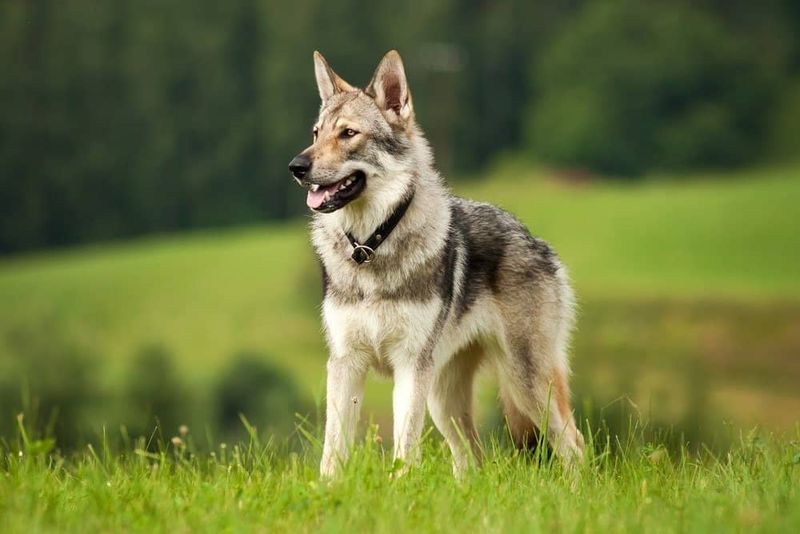
Created deliberately to harness wolf genetics, the Saarloos Wolfdog is the result of a Dutch breeder’s experiment in the 1930s. Leendert Saarloos crossed German Shepherds with a female European wolf, hoping to create a superior working dog with natural instincts.
What he got instead was a shy, reserved breed that retains strong wolf characteristics in appearance and behavior. With their long legs, amber eyes, and distinctive wolf-like head shape, Saarloos Wolfdogs are often mistaken for actual wolves.
These dogs form intense bonds with their families but remain naturally cautious around strangers – a direct inheritance from their wild parentage.
4. Kugsha (American Wolfdog)
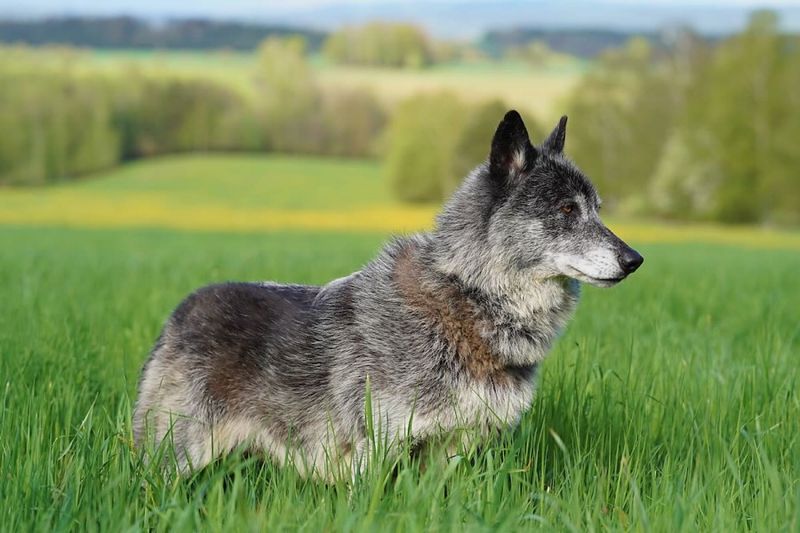
Shrouded in mystery, the Kugsha represents one of the most wolf-like domestic breeds available today. These rare dogs, sometimes called Amerindian Malamutes, were developed in the 1980s by combining wolf genetics with working northern breeds.
Standing up to 32 inches tall and weighing over 100 pounds, Kugshas possess the powerful build and endurance of their wild ancestors. Their thick double coats come in wolf-gray, black, or white.
Not recognized by major kennel clubs, Kugshas remain primitive in their behavior patterns. They display strong pack instincts, territory marking, and seasonal shedding cycles that mirror wolves, making them suitable only for experienced owners with plenty of space.
5. Alaskan Malamute
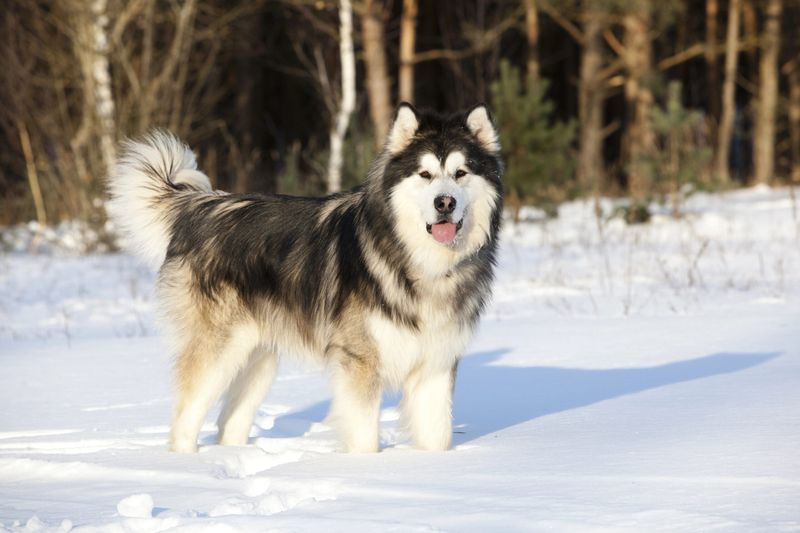
Powerful and built for endurance, Alaskan Malamutes were originally bred by the Mahlemut tribe to haul heavy sleds across the frozen Arctic. Their thick double coat and wolf-like appearance aren’t just for show – these features helped them survive in harsh conditions.
Malamutes possess an independent spirit and pack mentality that echoes their wolf ancestry. They’re known for their distinctive “woo-woo” vocalizations rather than barking.
Despite their imposing size, these dogs form deep bonds with their families while maintaining a dignified aloofness with strangers – a trait straight from their wild relatives.
6. Siberian Husky
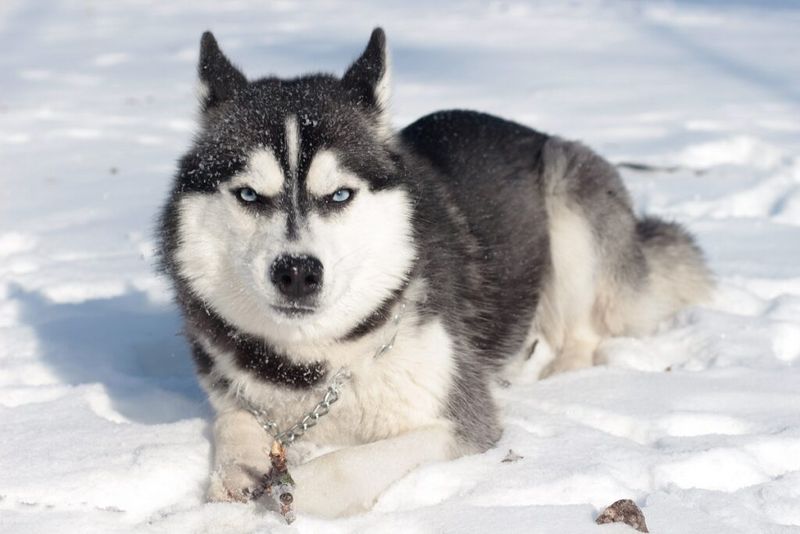
Born to run, Siberian Huskies carry the endurance gene of their wolf ancestors in every fiber of their being. These medium-sized working dogs were developed by the Chukchi people of northeastern Asia for pulling light loads over vast frozen distances.
A Husky’s piercing blue or multi-colored eyes might be their most striking feature, but don’t be fooled by their beauty – these are tough, resilient animals with remarkable survival instincts. Their thick double coat and efficient metabolism help them thrive in subzero temperatures.
Notorious escape artists, Huskies maintain the wolf’s wanderlust and prey drive, making secure fencing a must for owners.
7. Canadian Eskimo Dog
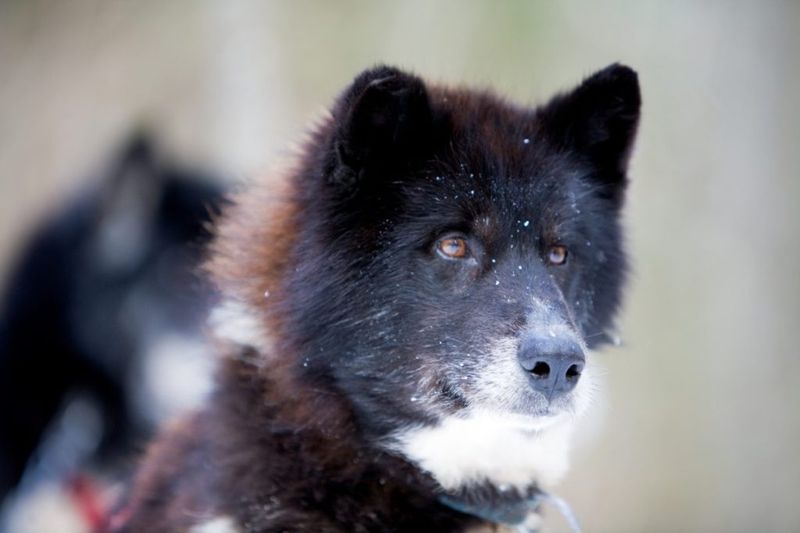
Rare and rugged, the Canadian Eskimo Dog (also called Qimmiq) has remained largely unchanged for thousands of years. Inuit tribes depended on these powerful animals not just for transportation but for hunting polar bears and seals in the harshest Arctic conditions imaginable.
Their thick fur and compact build mirror their wolf ancestors’ adaptations to extreme cold. Unlike many modern breeds, Canadian Eskimo Dogs haven’t been selectively bred for appearance – their form purely follows function.
Sadly, these living connections to wolf ancestry are critically endangered today, with fewer than 300 purebred dogs remaining worldwide.
8. Tamaskan Dog
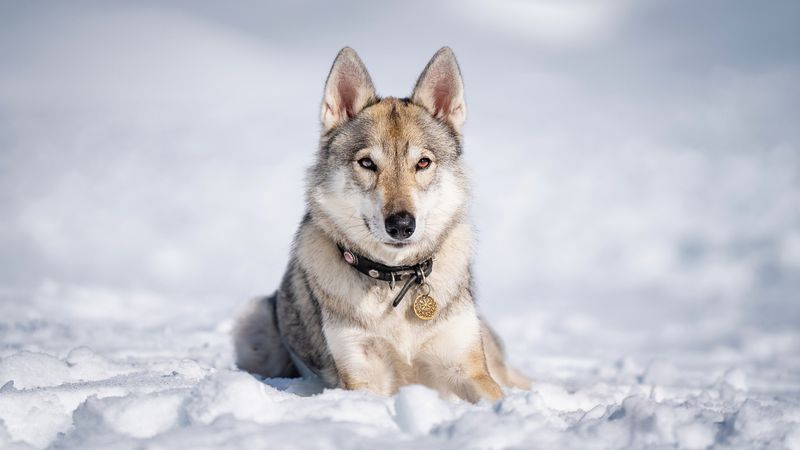
Looking like they stepped straight out of the wild, Tamaskans combine wolf-like appearance with the tractability of domestic dogs. This relatively new breed was developed in Finland during the 1980s using Siberian Huskies, Alaskan Malamutes, and German Shepherds selected for their wolf-like traits.
Athletic and intelligent, Tamaskans excel at dog sports while sporting the distinctive lupine features – amber eyes, wolf-gray coat, and pointed ears. Their howls could easily be mistaken for wild wolves!
Despite their wild looks, they’re known for being highly trainable and social. Tamaskans form strong bonds with their human pack while maintaining the endurance and resilience of their wolf ancestors.
9. Utonagan
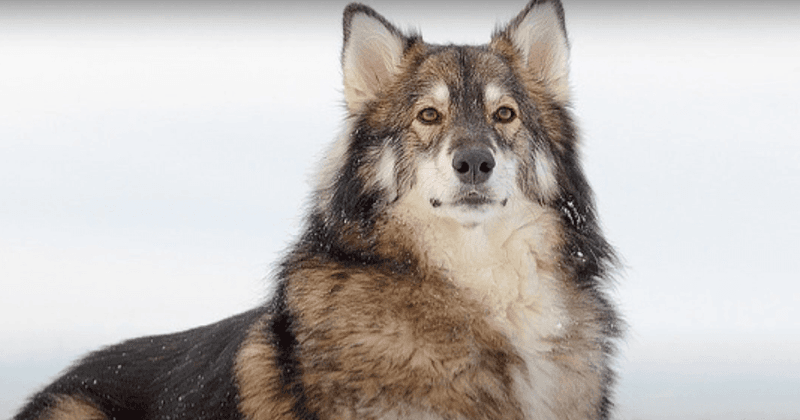
With a name meaning “spirit of the wolf” in Native American language, the Utonagan lives up to its heritage. Developed in England during the 1980s, these dogs were created to resemble wolves while maintaining friendly, family-oriented temperaments.
Their striking appearance comes from a blend of Alaskan Malamute, German Shepherd, and Siberian Husky ancestry, carefully selected for wolf-like features. The result is a dog with the wild beauty of wolves but without the unpredictable behavior of true wolf hybrids.
Utonagans form strong bonds with their families and typically get along well with children. Their intelligence demands mental stimulation, while their energy levels require plenty of exercise.
10. Seppala Siberian Sleddog
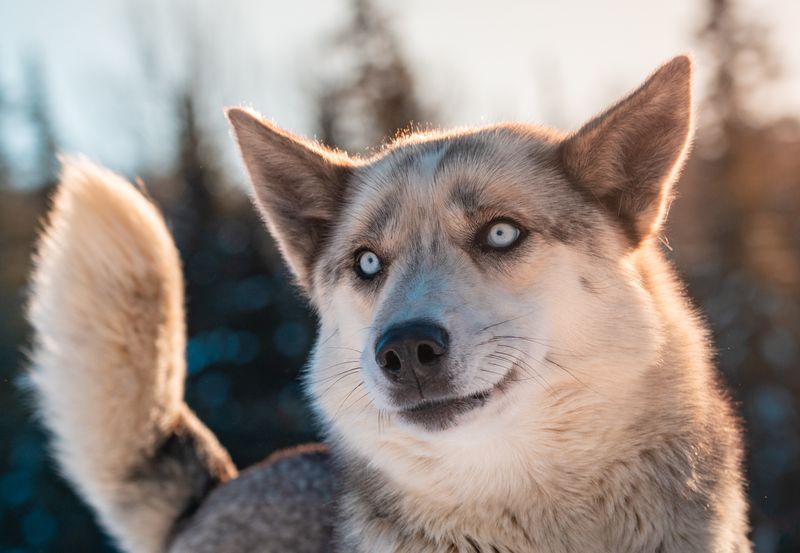
Working heritage runs deep in the Seppala Siberian Sleddog – a breed that maintains much of its original wolf-like working ability. Named after the famous musher Leonhard Seppala, these dogs descend directly from the original Siberian working dogs imported to Alaska in the early 1900s.
Unlike modern show Huskies, Seppalas have been bred exclusively for working ability, maintaining the wolf’s natural endurance and cold-weather adaptations. They can run over 100 miles per day in harsh Arctic conditions!
Their almond-shaped eyes, compact build, and thick double coat reflect their close connection to wolf ancestors. Serious mushers prize these dogs for their natural pulling instinct and incredible stamina.
11. Alaskan Noble Companion Dog
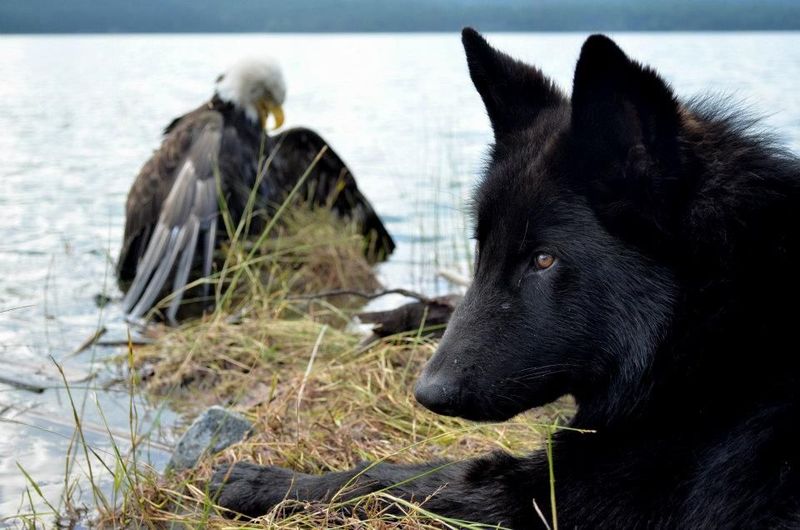
Controversial yet undeniably wolf-like, the Alaskan Noble Companion Dog (ANCD) represents a modern attempt to create wolf appearance without wolf temperament. Developed in the 2000s, these rare dogs combine several northern breeds with selective breeding for wolf aesthetics.
Their large size, distinctive facial masks, and amber eyes make them nearly indistinguishable from wolves to the untrained eye. Unlike true wolf hybrids, however, ANCDs were specifically developed to be trainable family companions.
Still in development as a breed, these dogs aren’t recognized by major kennel clubs. Their recent creation means their temperaments can vary, but breeders aim for intelligent, loyal dogs that maintain their wild looks without wild unpredictability.
12. Timber Shepherd
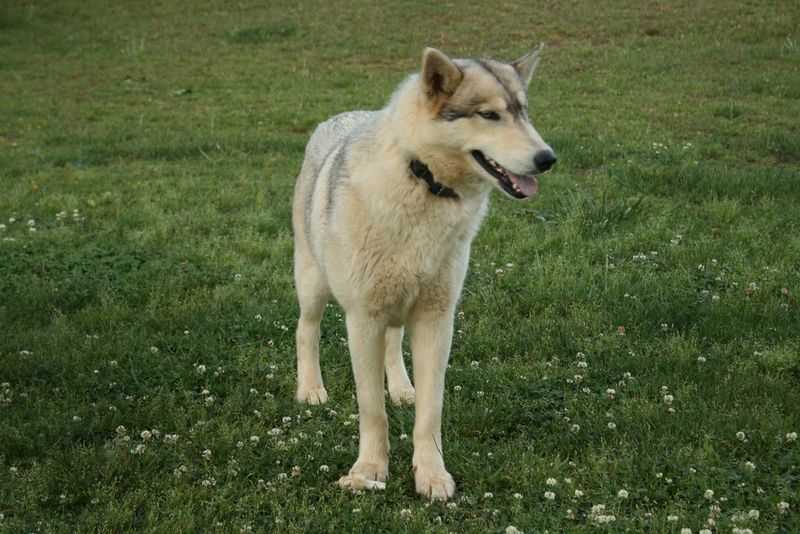
Forest guardian with wild roots, the Timber Shepherd blends German Shepherd reliability with wolf-like appearance and instincts. This emerging breed began development in the 1990s by crossing German Shepherds with northern wolf-like breeds.
Athletic and intelligent, Timber Shepherds showcase the best of both worlds – the trainability of working dogs with the striking appearance of wolves. Their thick coats typically come in wolf gray, sable, or black with distinctive facial markings.
These dogs excel at activities that challenge both body and mind. Their strong pack instincts make them loyal family protectors, though they typically form primary bonds with one person – a trait straight from their wolf ancestry.


